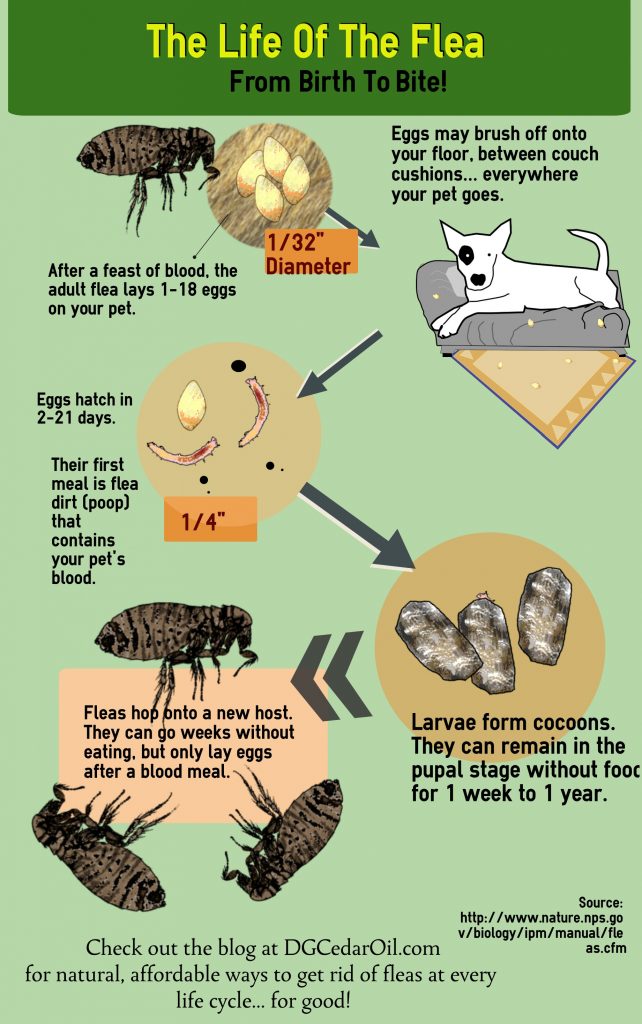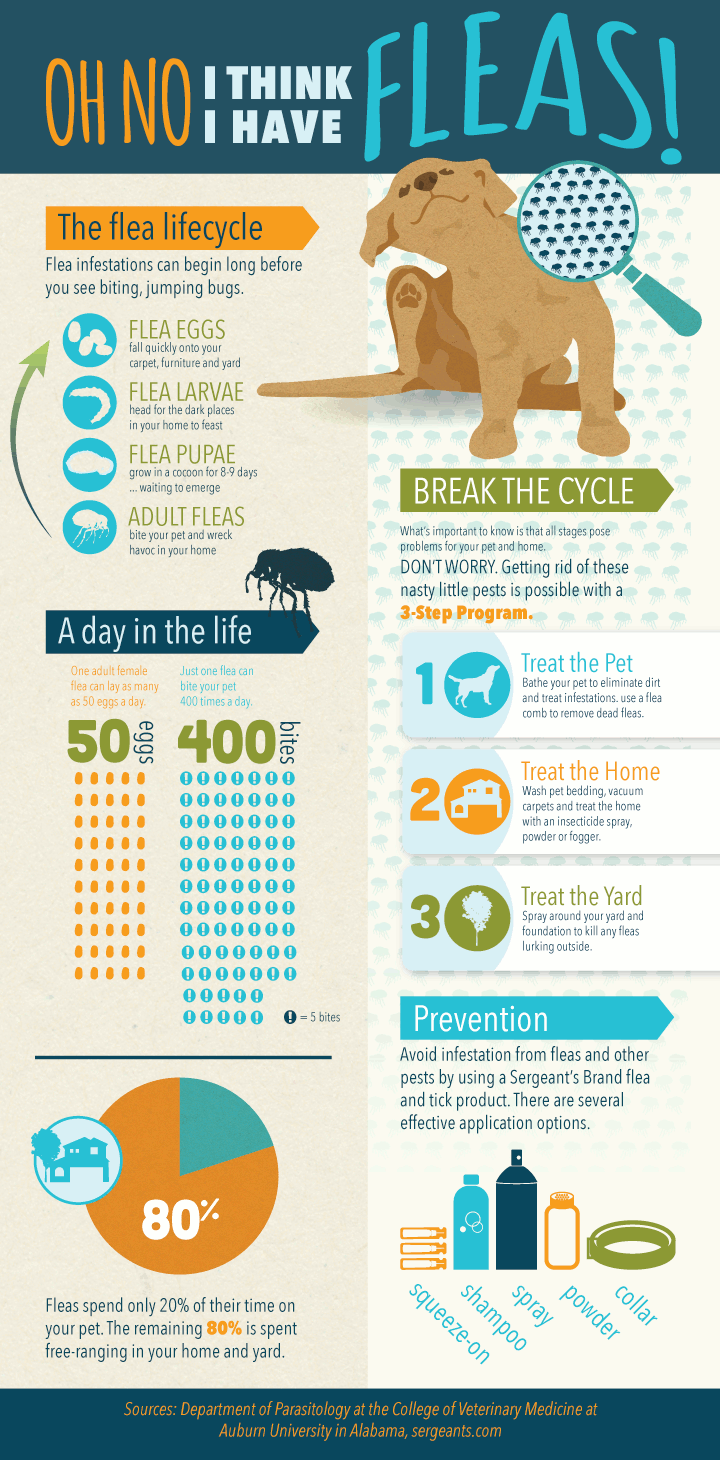Get Rid of Fleas in Your Home
Table Of Content
- Step 3: Clean carpets, rugs, and furniture.
- oft Humans
- How to get rid of fleas in the bed
- Care For Your Lawn Properly
- How to Get Rid of Fleas Naturally
- Cat Reproduction & Mating: Vet-Approved Facts & Explanation
- Treat your pets directly
- Common Kitchen Ingredients That Will Protect Your Home And Yard From Fleas

Inform your vet if your pet has any known sensitivities to medications or ingredients. A flea infestation usually requires a combination of tactics. Even if you use a topical flea medication or spray, you still need to continue cleaning. Fleas lay a lot of eggs, and the cycle can start over if you aren’t vigilant. A flea infestation can test your patience and require persistence.
Step 3: Clean carpets, rugs, and furniture.
You’ll need to clean these items every week for up to a month, depending on the level of infestation. You can track it by regularly using the flea comb on your pet. Treat the cause of the fleas first; usually, an infestation occurs because of a pet.
oft Humans
How to Get Rid of Fleas – Expert Advice to Treat and Prevent Fleas - Good Housekeeping
How to Get Rid of Fleas – Expert Advice to Treat and Prevent Fleas.
Posted: Fri, 29 Apr 2022 07:00:00 GMT [source]
To effectively eliminate fleas, you will want to understand where they live within your home. This knowledge will allow you to go to those areas in your home and kill them off successfully. Other fleas target poultry, foxes, woodchucks, squirrels, rats, mice, and many other animals. Fleas are not picky, and sometimes a host animal can even be home to more than one type of flea.
How to get rid of fleas in the bed
Indiana Media Outlet Turns to PVM's Dr. Paulo Gomes for Advice for Pet Owners about Fleas - Purdue University
Indiana Media Outlet Turns to PVM's Dr. Paulo Gomes for Advice for Pet Owners about Fleas.
Posted: Fri, 22 Jul 2022 07:00:00 GMT [source]
The larvae will then create a cocoon that protects them as pupae until they have developed into adult fleas. “The pupal stage is more concealed, and their cocoon is typically too resilient for pesticides to penetrate,” said Hess. This is a major contributing factor to the challenge of getting rid of fleas. Once the fleas fetch, they enter into the larval stage of their life cycle. The larvae feed on dried blood on the host, the feces of adult fleas and the molts left behind during the hatching process. The CDC recommends environmental treatments for flea extermination, including having a professional apply an insecticide in your home or yard.

Care For Your Lawn Properly
As we report in tonight's Verify, home remedies seem to be the way to go for many people. Fleas can be dangerous to both pets and humans because they are parasites that can spread bloodborne illness and cause skin irritation. You can also make use of natural desiccant dust, such as diatomaceous earth, to help with flea control. This substance is naturally occurring, although breathing in the dust can be harmful, according to the University of Minnesota. Some homeowners may be leery about using insecticides around pets or children and might instead opt for natural (nonchemical) home remedies. “Natural remedies for premises can be effective, but they are more labor-intensive and usually take much longer for results,” according to Hess.
How to Get Rid of Fleas Naturally
Check any product you use and follow the manufacturer's instructions carefully to ensure the safety of your pet. If you spill the product on the ground or on your clothes, clean it up and change clothes immediately. A homemade flea trap can be made by filling a small bowl with water and a few drops of dish soap. With other lights around off, fleas will jump towards the light landing in the bowl and drowning. The length of time required to get rid of a flea infestation depends on your environment, and how long the fleas have been there.
Cat Reproduction & Mating: Vet-Approved Facts & Explanation

It's not the appearance or mobility of fleas that makes them so dangerous. Female fleas eat about 15 times their body weight every day, so they feed on you and your pets more than you might think. Flea excrement feeds flea larvae and is one of the reasons fleas are prolific breeders. For example, avoid letting piles of clothes collect, get rid of blankets and furniture that don’t get used, and keep fabrics clean and put away. If you’ve been thinking about ripping up your old carpet, now might be a good time to replace it with tile or another type of hard flooring. Failing to treat a large flea population in your yard can undo all of the hard work you've done inside your house and with your pet.
Treat fleas on dogs with a medicated shampoo and preventative medication. If the infestation is large, you should also steam-clean the carpet. Vacuuming kills both mature and immature fleas, and it gets rid of their food source, so don’t rush this step.
These larvae can end up in many parts of your home, including furniture, floors, and pet beds. Once mature, they’ll emerge as adult fleas and the cycle starts again. You can get rid of fleas by taking steps to control them at every stage.
A cosy bedroom provides the perfect place to rest your head after a day of exploring. According to Rentokil, if you sprinkle some salt on your carpet, leave for two days and then vacuum up, it will help to get rid of fleas quickly. The salt acts as a dehydration agent, which will quickly and naturally get rid of fleas without the use of chemicals. Hot, soapy water kills fleas, so wash your cat's or dog’s bed every week. And if your pets sleep in your bed or with your kids, make sure to wash everyone else’s bedding too. Regular vacuuming lowers the number of fleas and their eggs from carpeting, cracks in wood floors, and on curtains and upholstered furniture.
However, you should comb the powder into carpets and seams of upholstery so that you don't visibly see it. After 24 to 48 hours, vacuum everywhere thoroughly, then dispose of the sealed vacuum bag, ideally outside. Therefore, treating the fleas on your pet is not an effective strategy on its own. Flea eggs are small but can be seen if you’re looking closely.
Don't forget to use your vacuum cleaner attachment to vacuum the edges of the room and hard-to-reach corners. Remove the bag or dump the bin and throw out the trash when you're finished. The most important thing to remember is that you must treat your home, yard, and pet at the same time.
Comments
Post a Comment